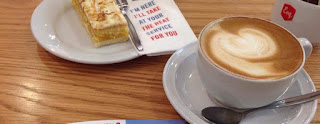Azizi and this blog

Hi! It has been two years I haven't updated this blog ever since Azizi was admitted to the hospital for schizophrenia. Now, he's back to school and is determined more than ever to complete his PhD in Fluid Dynamics (hooray!). If you're reading this Zee, I am above the clouds for this great news and I wish you good luck! No.2 on the agenda, is to update all the R codings and lab protocols that I used during my PhD into this humble blog. I was really busy with thesis writing and attending conferences. Now, I can dedicate my time to contribute my knowledge and experience here and hopefully be of use. Watch this space guys! Love lots, Nas Denis




